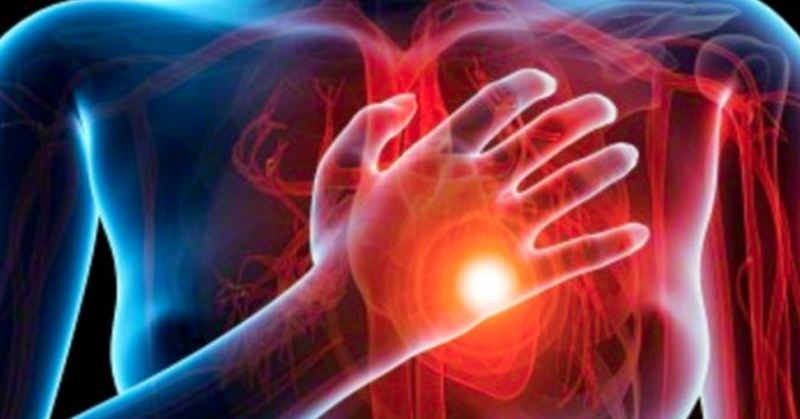A heart attack is one of the most serious medical emergencies, often leading to life-altering consequences or even death. It demands immediate medical attention and can strike unexpectedly, typically when blood flow to the heart is blocked, usually by a blood clot.
Medically known as myocardial infarctions—where ‘myo’ means muscle, ‘cardial’ refers to the heart, and ‘infarction’ signifies cell tissue death due to a lack of blood supply—a heart attack occurs when the heart muscle is damaged from insufficient oxygen.
Fortunately, your body often displays eight warning signs at least a month before a heart attack. While some of these symptoms are common to other conditions and having just one might not be alarming, they all warrant attention.
- Swollen Feet
If you have congestive heart failure, one or both of your heart’s lower chambers may lose their ability to pump blood effectively. This can cause blood to back up in your legs, ankles, and feet, leading to edema.
- Fatigue
Fatigue affects 70 percent of women and can be a primary indicator of an impending heart attack if it is not a usual condition for you. While men can also experience this symptom, it is more commonly reported by women, according to Brightside. Fatigue is characterized by extreme tiredness, lack of energy and motivation, both physically and mentally, often worsening by the end of the day. It can make simple tasks like making a bed or showering exhausting.
- Shortness of Breath
Reduced blood flow to the heart means less oxygen for your lungs. As the heart and lungs rely on each other, difficulty in breathing can be an early warning sign of a heart attack. Consult a doctor if you experience this symptom.
- Dizziness and Cold Sweats
Restricted blood flow to the brain due to poor circulation can cause dizziness and clamminess, which are serious symptoms that should not be ignored.
- Excessive Sweating
Unusual or excessive sweating can be an early warning sign of a heart attack. It might happen at any time and is often more common in women, sometimes mistaken for menopause-related hot flashes or night sweats. It can manifest as flu-like symptoms, clammy skin, or sweating regardless of temperature or physical activity, often more intense at night, leaving bedsheets damp.
- Chest Pain
Chest pain varies in intensity and form between men and women. For men, it is a critical early warning sign of a heart attack, while only 30 percent of women experience it. The pain can radiate to one or both arms (usually the left), the lower jaw, neck, shoulders, or stomach, and can be either persistent or temporary.
- Flu or Cold Symptoms
Sudden flu-like symptoms could indicate an impending heart attack, often occurring just days before the event.
- Irregular Heartbeat
An irregular heartbeat, or arrhythmia, can occur without external influences. It is often accompanied by panic attacks and anxiety, particularly in women, and can manifest as skipped beats or increased heart rate (tachycardia). Physical exercise can exacerbate this, especially in cases of atherosclerosis. Some report that the irregular heartbeat lasts 1-2 minutes; if it persists, dizziness or extreme fatigue may follow.
How to Handle This: If you or someone you know is experiencing these symptoms, see a doctor immediately. Early recognition of these signs is crucial in preventing a heart attack.






